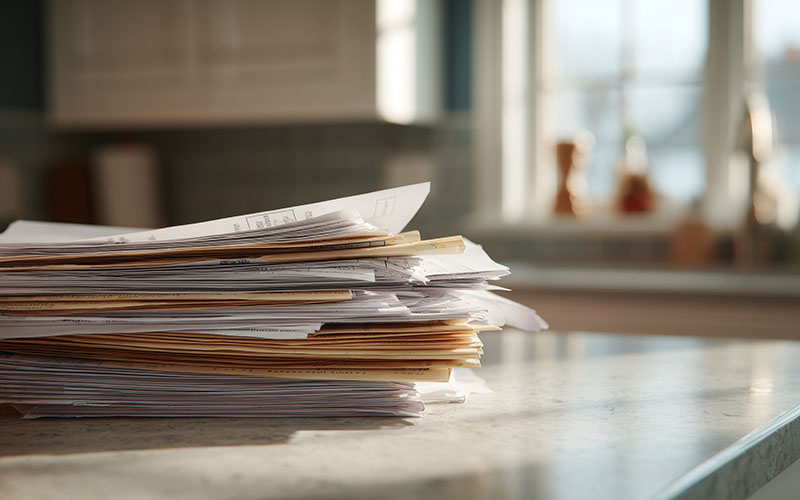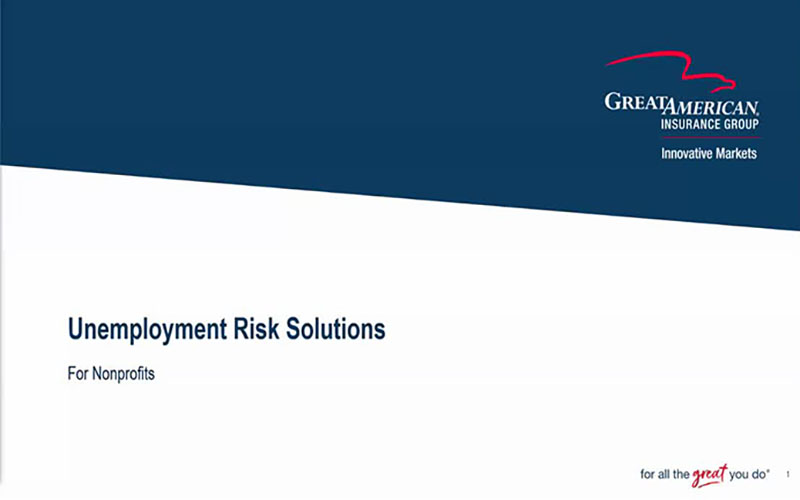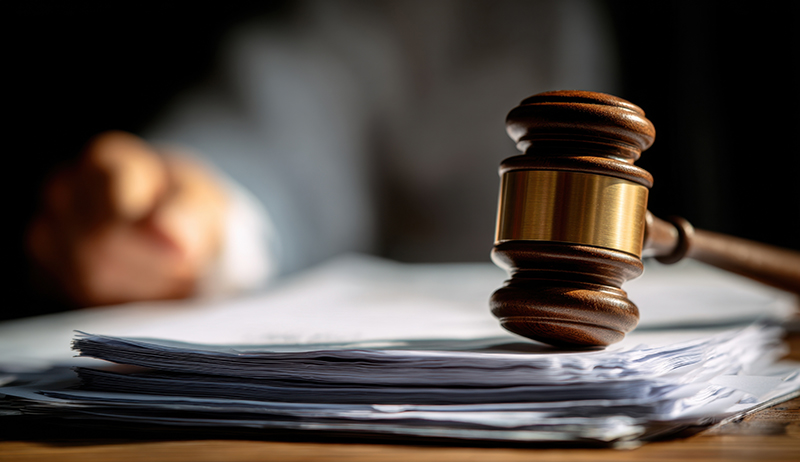Forgery and Alteration Risks: Claim Examples

Forgery and alteration are two common types of check fraud that can cause significant losses for businesses and individuals. In this article, we will present some real-life claim examples of how these schemes work and how they can be prevented or covered by insurance. By learning from these cases, you can better protect yourself and your organization from the risks of forgery and alteration.
Signature Sleuth
A private company with $250 million in annual revenues and 1,000 employees regularly makes payments to its vendors via check. A sophisticated network of fraudsters (which does not include any of the company’s employees) meets regularly on a networking app to discuss new check fraud schemes. Using social engineering tactics, the group of fraudsters uses personally identifiable information they uncovered on the company, including obtaining copies of signatures for the CFO, COO, and Head of Treasury, all of whom have signing authority. They were also able to obtain the company’s passwords and login credentials, allowing them to access their bank account and routing number. This information is used to order checks in the company’s name with its financial institution.
The team of fraudsters used 60 of the ordered checks and forged the names of the CFO and COO on the signatory line. As the fraudsters knew that the countersignature threshold at the company was $10,000, all checks were valued below the threshold. By the time the company caught onto the scheme, the checks had already cleared, and they were out a total of $360,000.
Forgery Outcome
If the company had a crime policy, the loss would be covered under the Forgery and Alteration Insuring Agreement because the fraudsters forged the names of the company’s CFO and COO on the checks, and the checks were drawn upon the company’s bank account.
To prevent forgery fraud, the company could work with its bank to set up positive pay, which includes an automated process that matches the check payee with a predetermined list maintained at the bank. If the names do not match, the bank will not clear the check.
Check Me if You Can
John Rogers received a text message from his plumber saying he never received payment for the repairs made to John’s water heater. John was puzzled knowing he had written a $500 check to his plumber and dropped it into a mailbox while visiting family out of state. John told his plumber that he would write another check, but to destroy the original check should he receive it. When John went online to check his bank account, he was shocked to learn that the missing check had been cashed three days earlier. To John’s dismay, the check was made payable to someone other than his plumber. And to top that, the amount cashed was for $5,000, not $500. John’s signature was on the check, but the amount and payee were both incorrect.
Regrettably, John was the victim of a “check-washing” scheme. This fraud begins when thieves take envelopes from mailboxes in search of signed checks. The scammers then use nail polish remover or other chemicals to wash away the ink spelling out the name of the “payee” and the dollar amount. Finally, the fraudsters write a new payee’s name, amount, and cash or deposit the check in an account they control, typically through an ATM or online banking. Upon discovery of the fraud, John reached out to his bank to report what happened, asking that the stolen money be returned to his account while the bank investigated, which ultimately took months. Generally, banking laws hold banks responsible when they accept forged or altered checks. By their nature, banks are supposed to be able to detect and reject “doctored” checks.
As it turned out, the perpetrator deposited the altered check into an account at ABC Bank that was set up as part of the scam.
Alteration Outcome
When investigators reviewed the altered checks, there was clear evidence of foul play. Strange markings appeared underneath and next to the payee’s name (which were traces of the plumber’s name). Also, the amount of the check, in words and numerals, showed signs of alteration. The ABC Bank employee should have discovered these alterations. John’s bank eventually explained that the delay was from the two banks sorting out which one was responsible for the loss before John’s money could be returned. Ultimately, ABC Bank took responsibility and paid John’s bank the $5,000.
Forgery and Alteration Prevention Tips
Tips to mitigate against forgery or alteration losses:
- Use online payment rather than physical checks to pay your bills.
- Use post office lobby mail slots instead of a mailbox.
- If you must use a mailbox, drop off mail before the last scheduled pick-up time.
- Check your bank statements regularly.
- Understand that banks are generally responsible for forged or altered checks.









.jpeg?sfvrsn=dbf923b1_1)




.jpeg?sfvrsn=c50521b1_1)